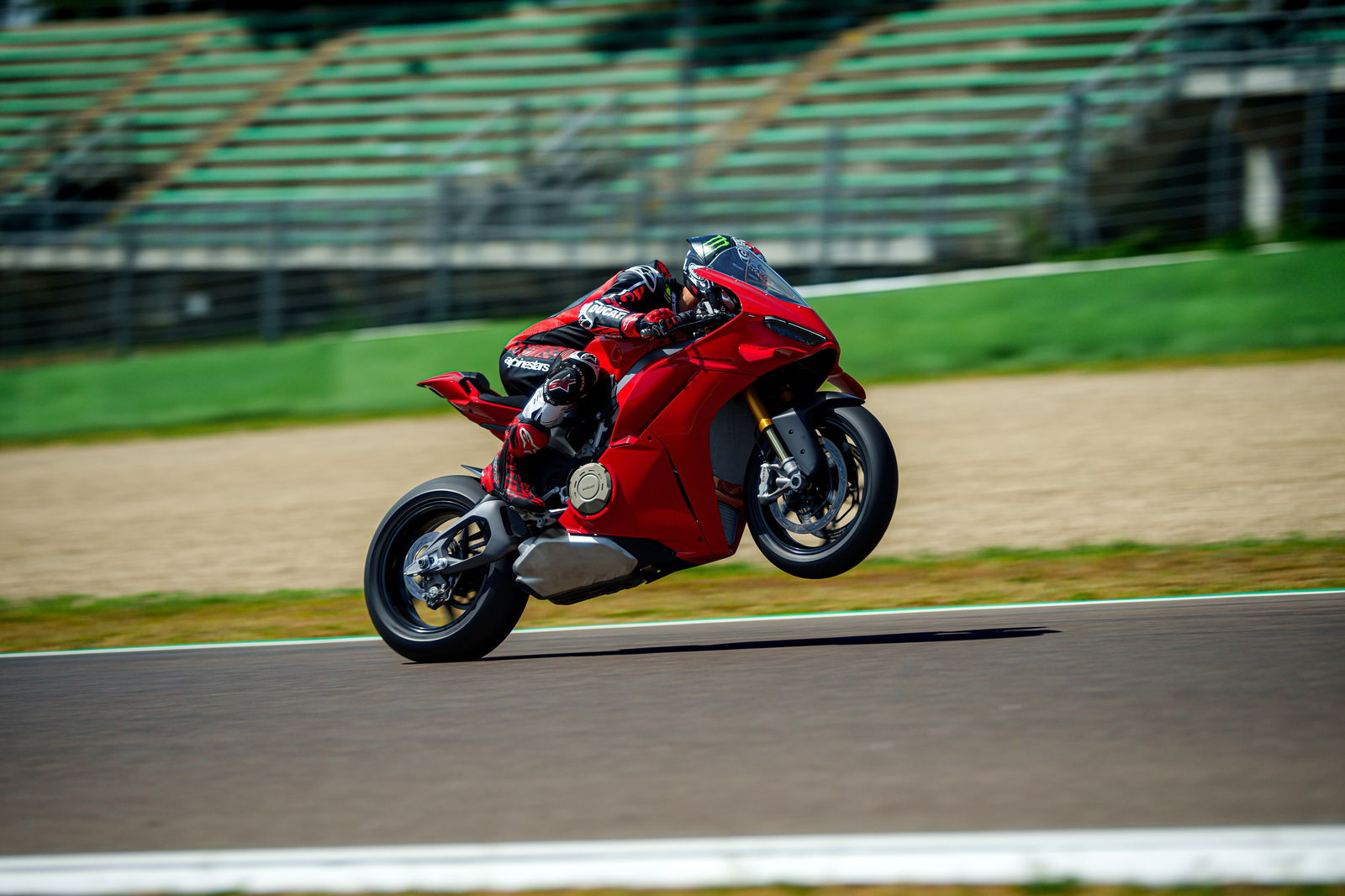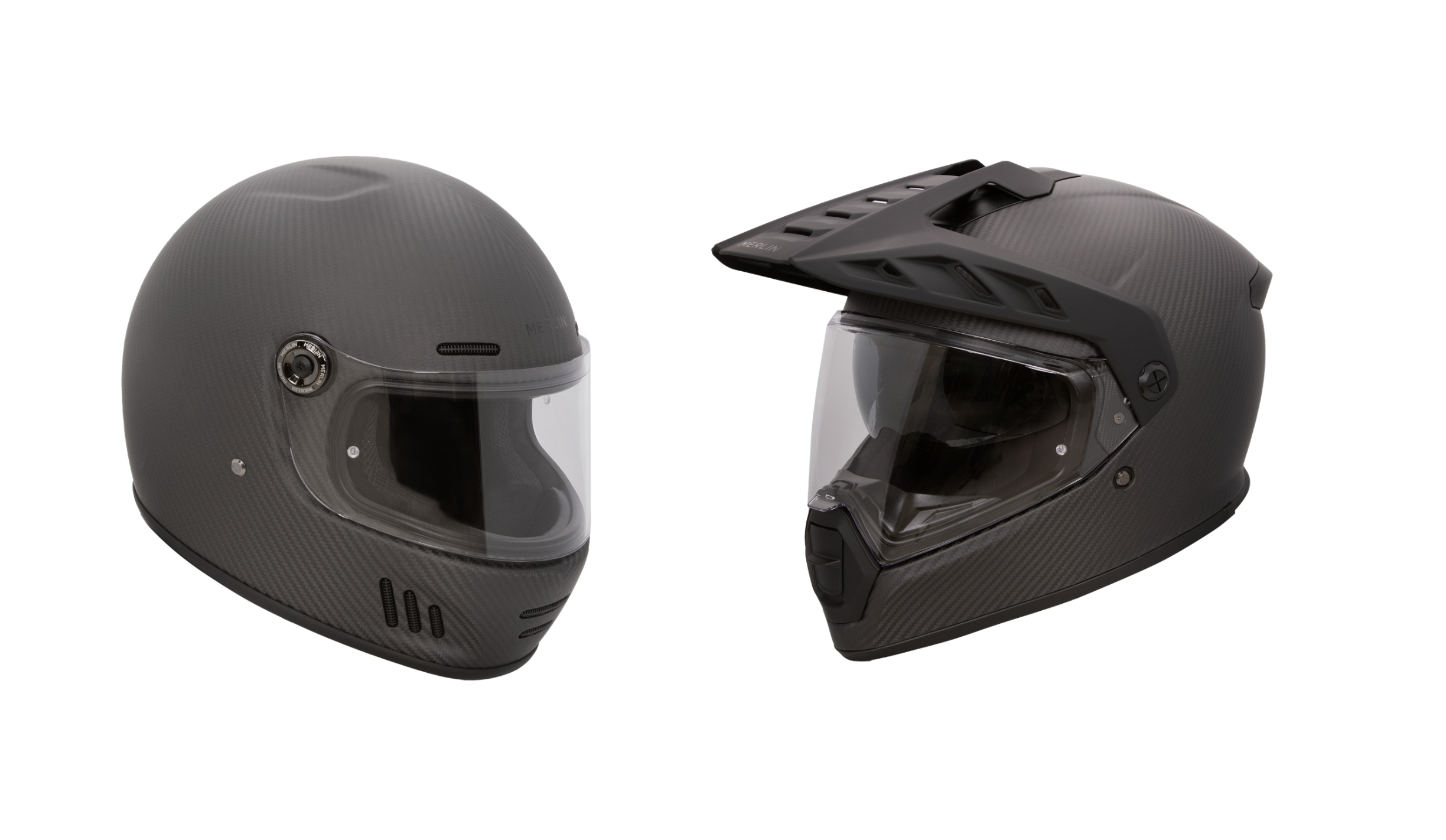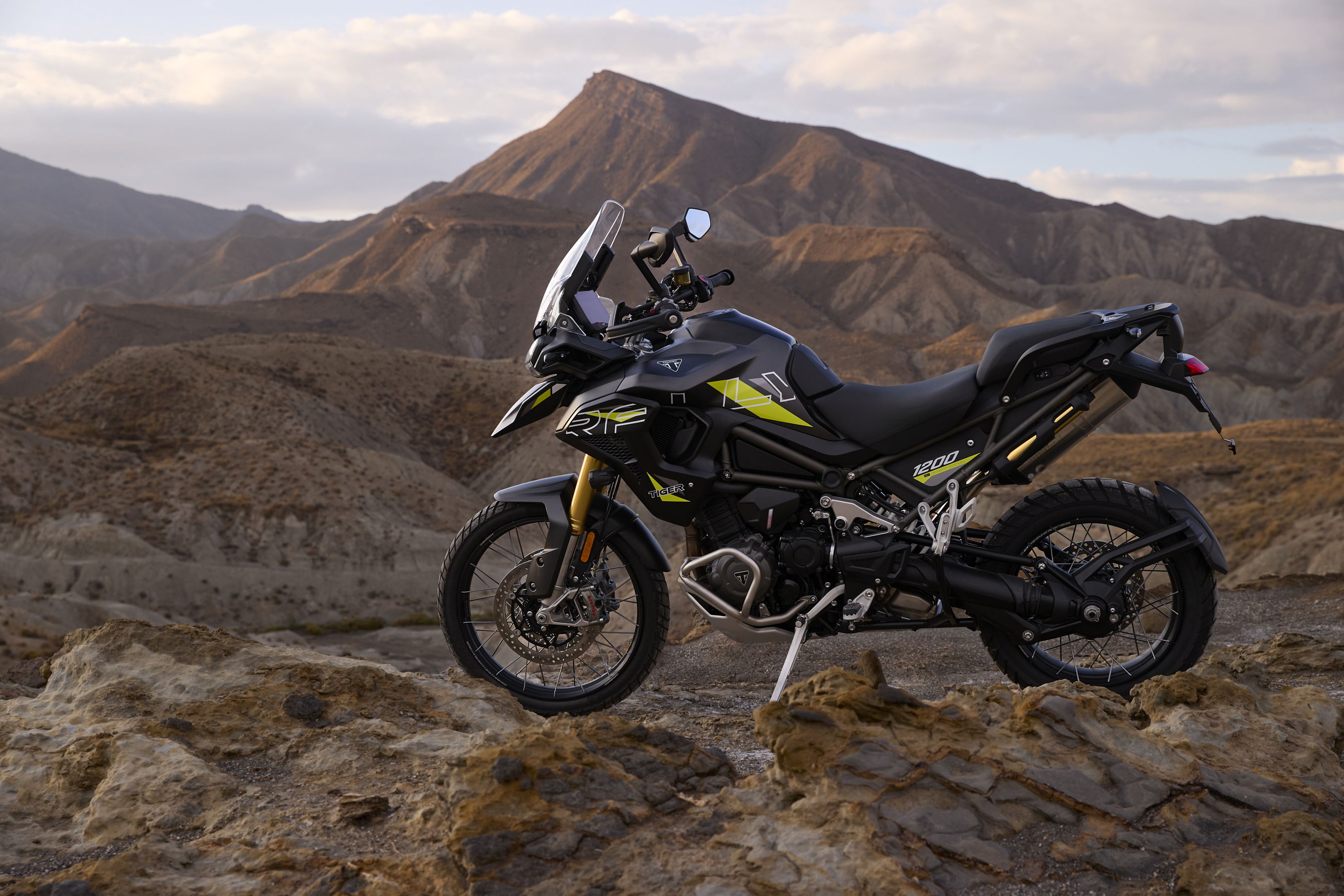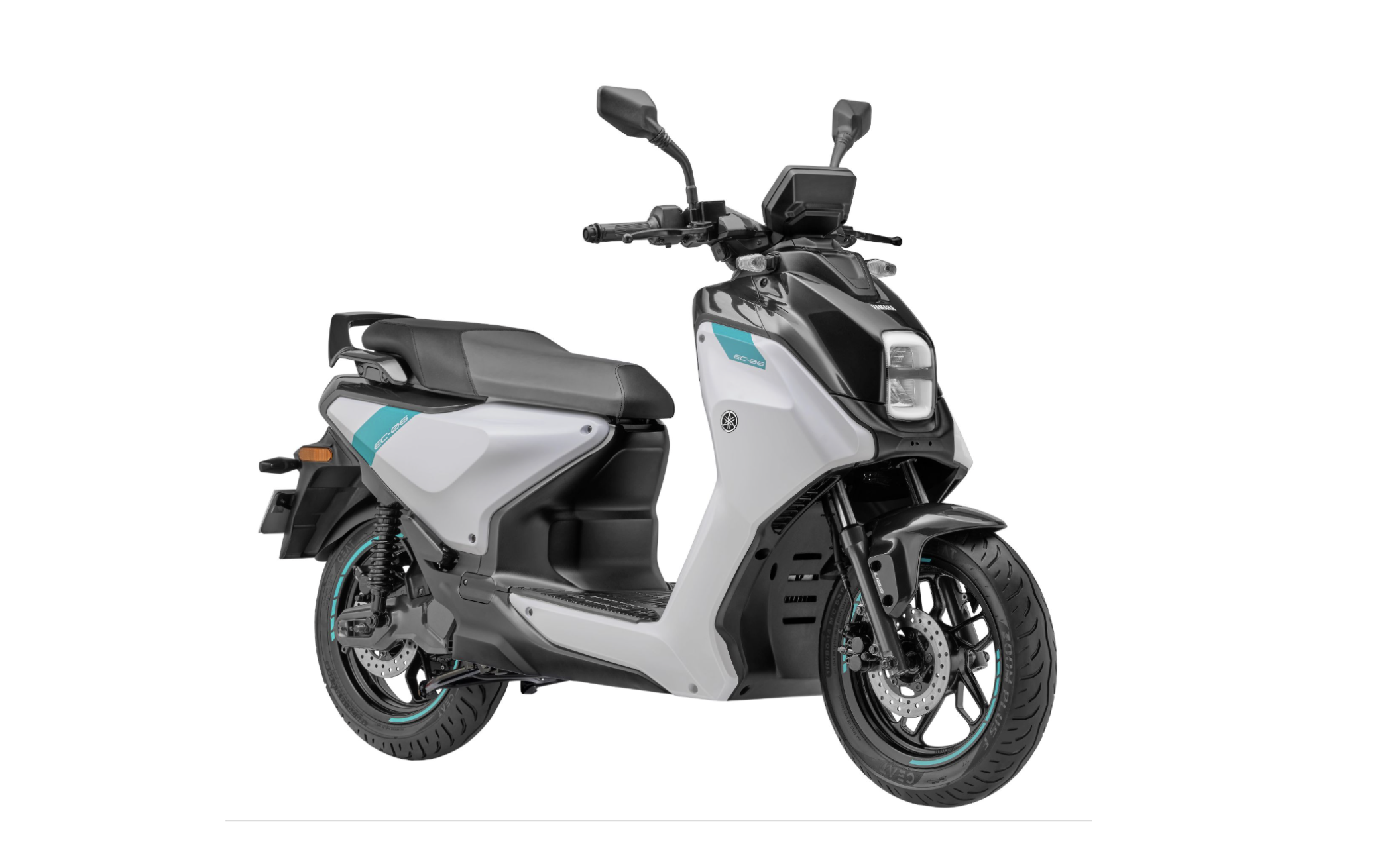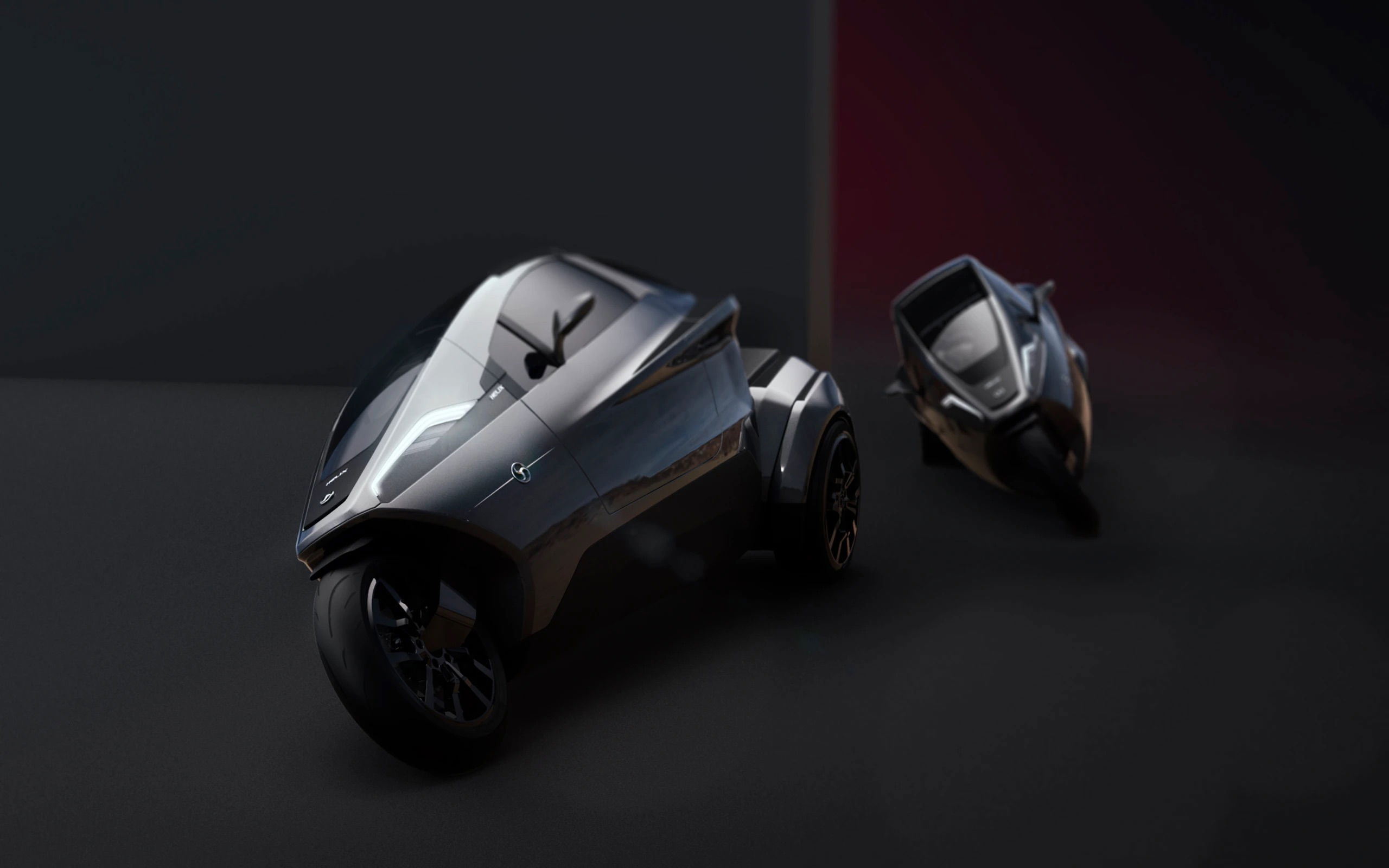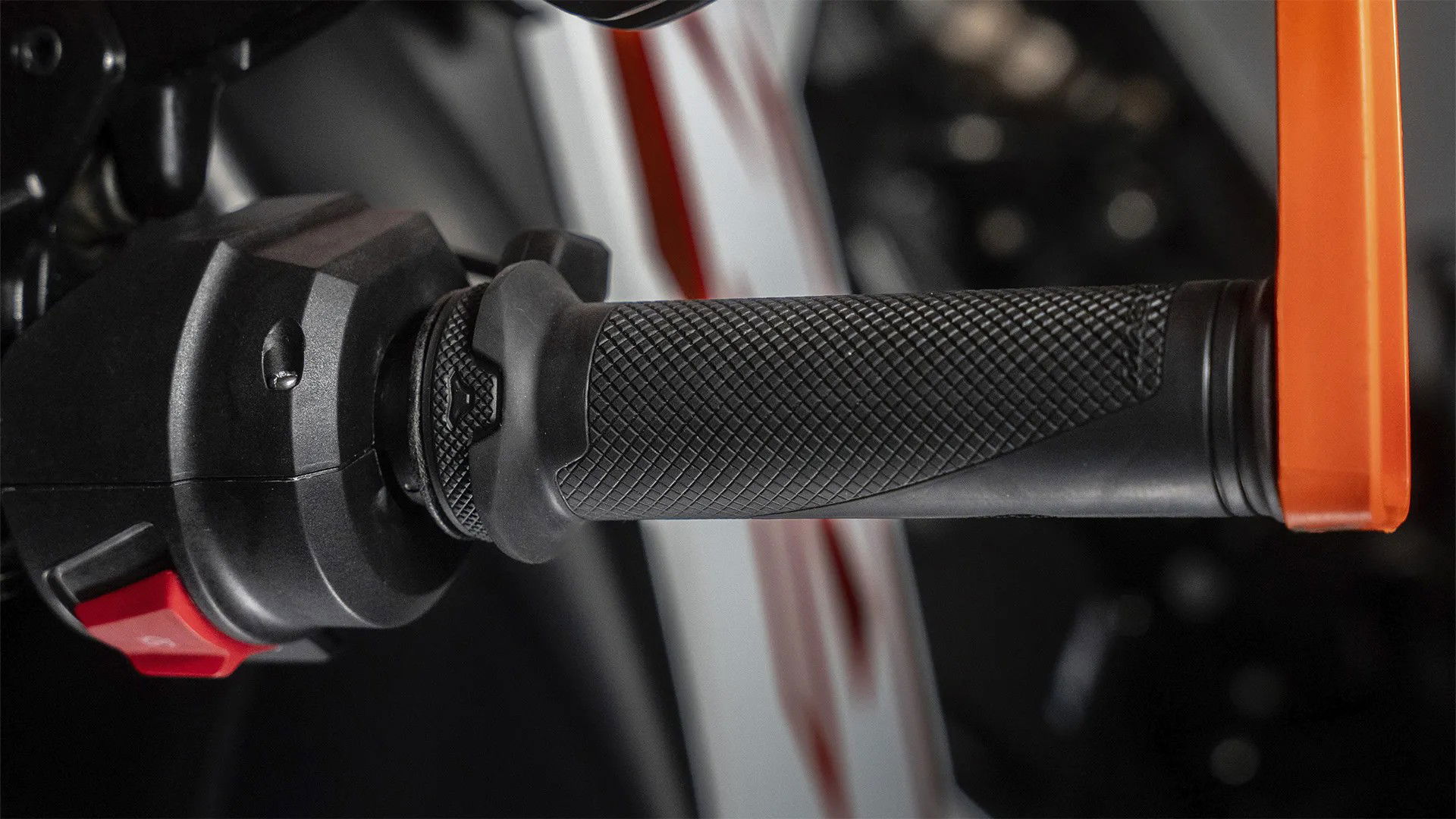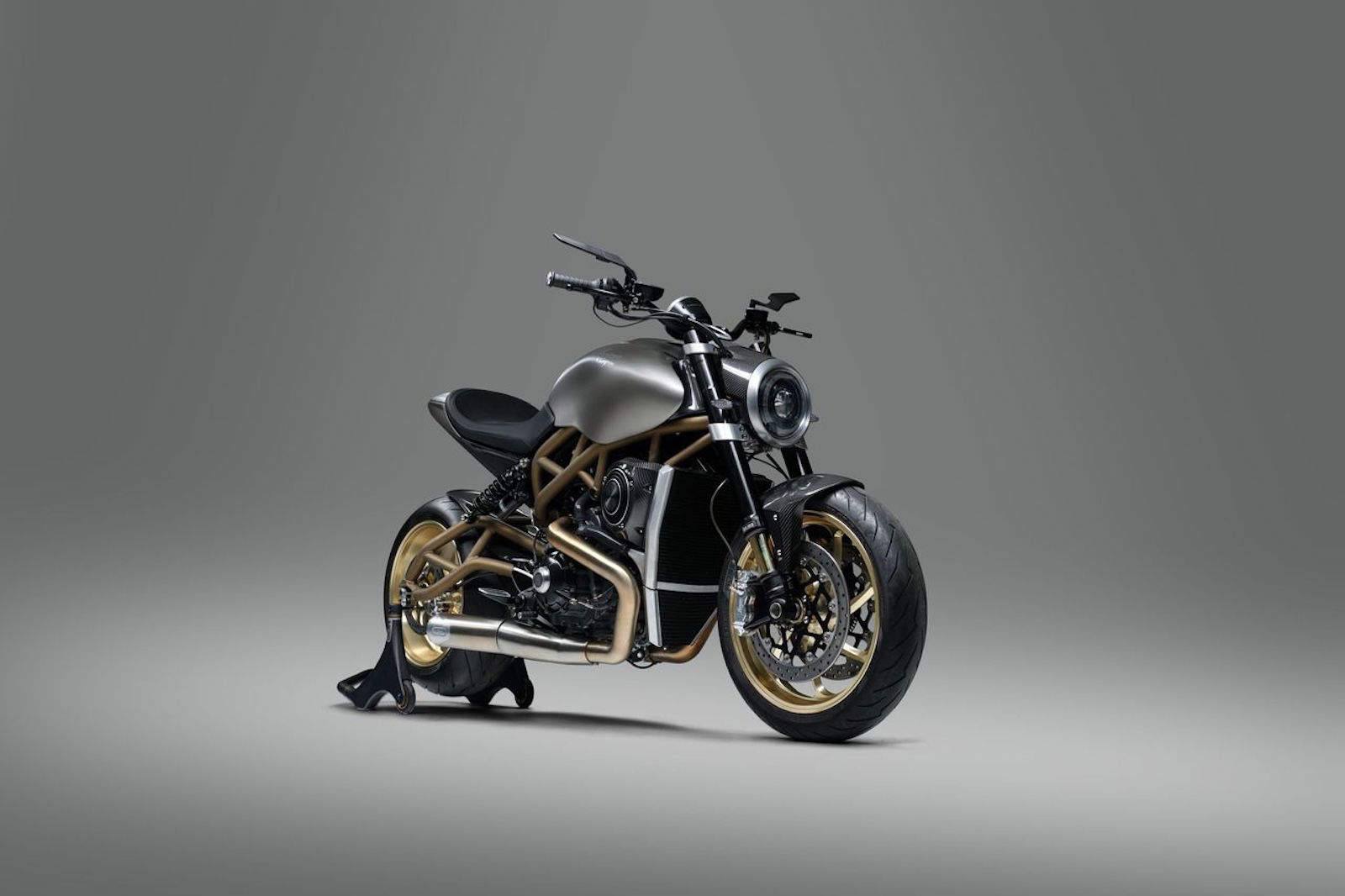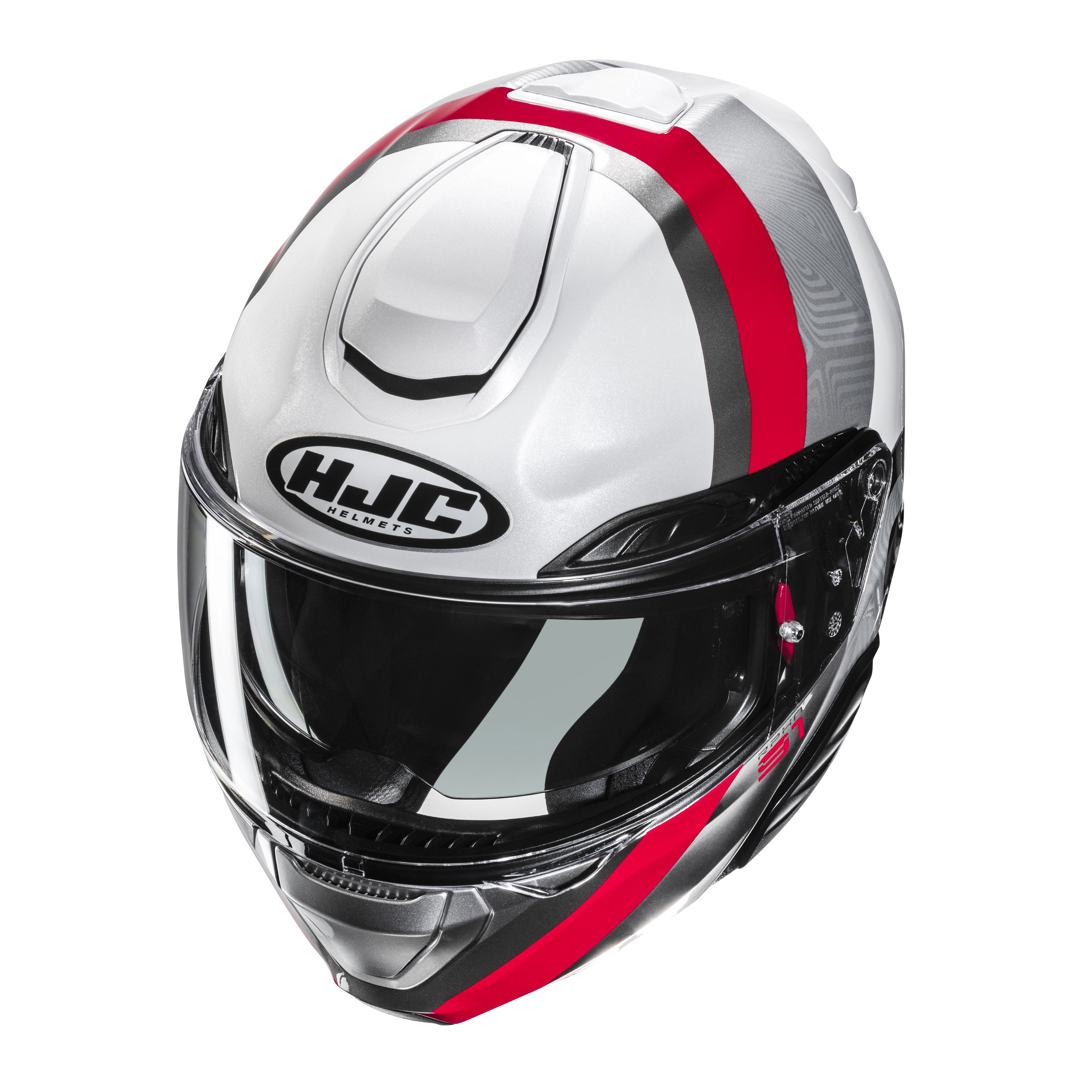The Magnolia 4 is The Perfect Answer to Electrification
The designer of the Confederate Hellcat has penned a new motorcycle, although it looks like something straight from the 1920s

Famed motorcycle designer JT Nesbitt is at it again, and his latest bike is taking aim at the modern age of electric-everything.
The machine, simply called Magnolia 4, harks back to a forgotten era of American motorcycle design, when inline four cylinder engines were mounted inline with the frame and wheels of the bike - and not across the frame as is more common today. It’s a method of building a bike which Nesbitt wants to reinvestigate, and while its outward appearance seems retro, what lies within is far from it.
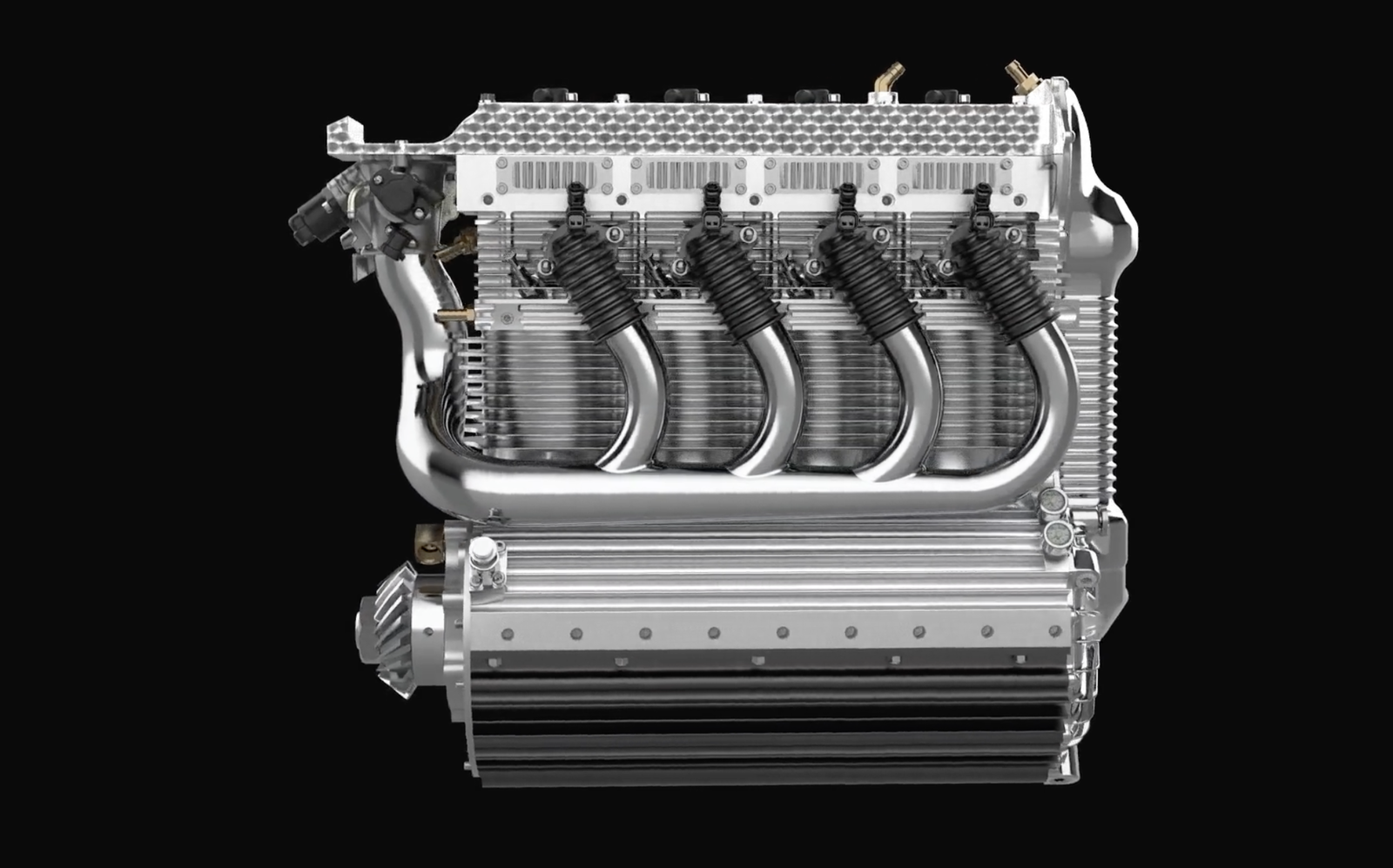
That starts with that beautiful looking inline four-cylinder. It’s authentic in that it has a low-stressed over-square 3.125 inch x 3.50 inch (79.375mm x 88.900mm) bore and stroke, giving a total capacity of 107 cubic inches or 1753cc. The long stroke design has been selected not only to give the bike strong low- and mid-range torque (something the bikes of the era were known for) but also to engineer some longevity into the unit thanks to improved piston stability in the bore.
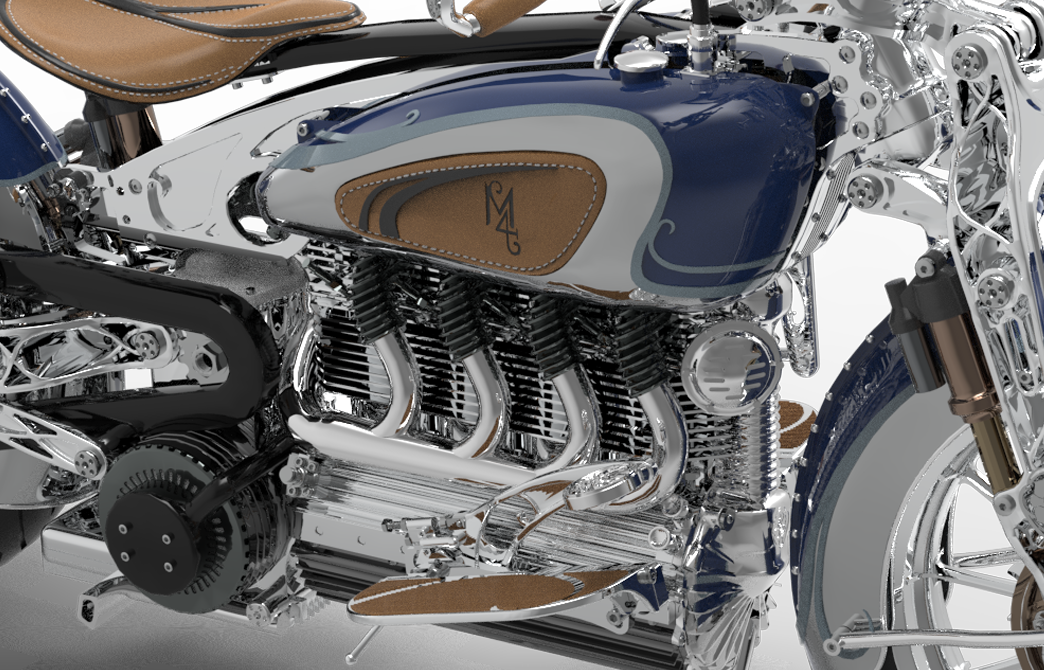
Conversely, the engine is a crossplane layout, something found in the myriad of parallel twins we are seeing today and also top-flight sports bikes like the Yamaha R1. The crossplane crank in this engine, though, has been selected for its balanced nature and not for outright, top-end power.
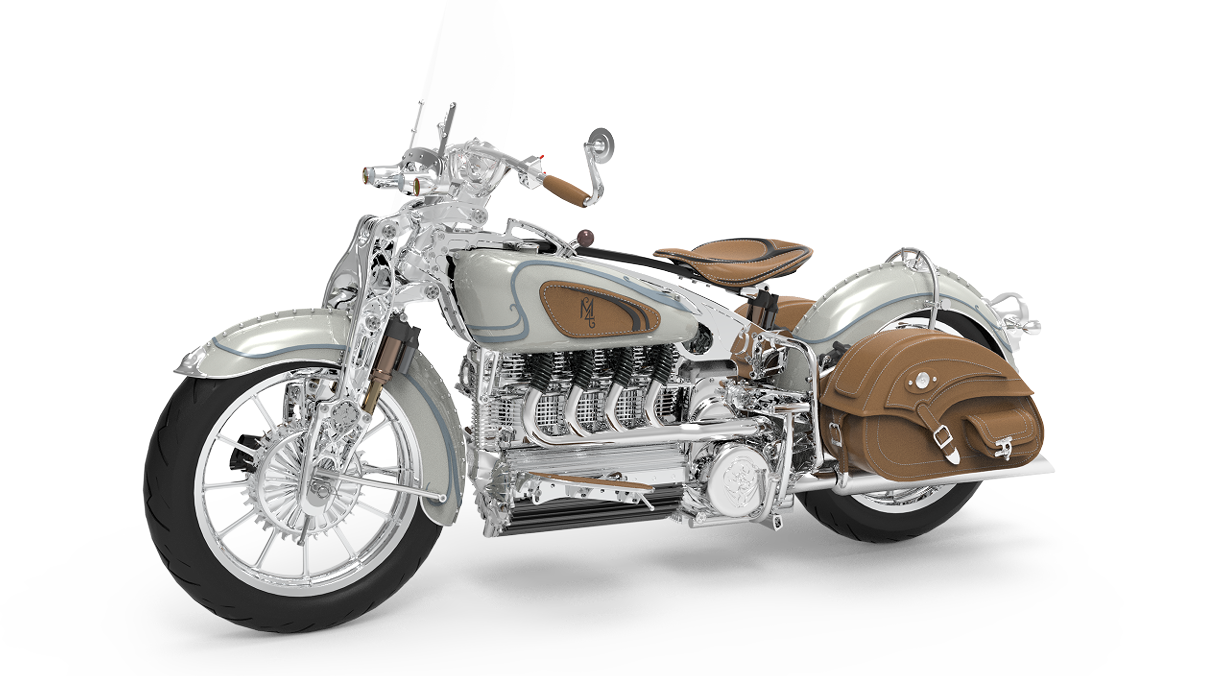
Elsewhere on the bike there are further nods to a bygone era backed up by modern tweaks and manufacturing methods, with the suspension and brakes being the most visible area. Like some of the designs Nesbit created for the Confederate and later Curtiss motorcycle brands, the Magnolia 4 will feature a girder style front end - if you want to find out how that works, check out our page that explains the different types of motorcycle front suspension designs. And just like on bikes like the Hellcat and Wraith, modern CNC manufacturing and titanium will be utilised along with top-spec components and shock absorbers.
Renderings on a computer screen these may be, but Nesbit seems confident enough that at least some examples of the bike will make it to production. The next phase will be a full size model being created and fettled, followed by, eventually, 12 bikes being built and sold to (presumably) fairly well-to-do classic motorcycle fans.
You can find out more about the project on the official website.
